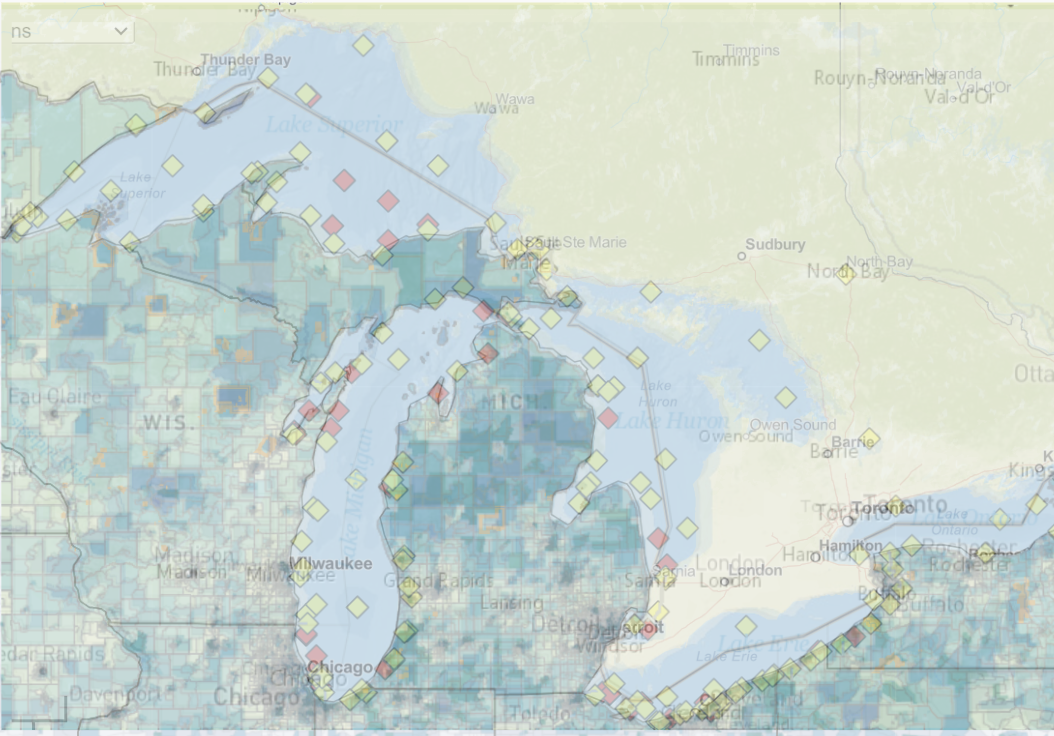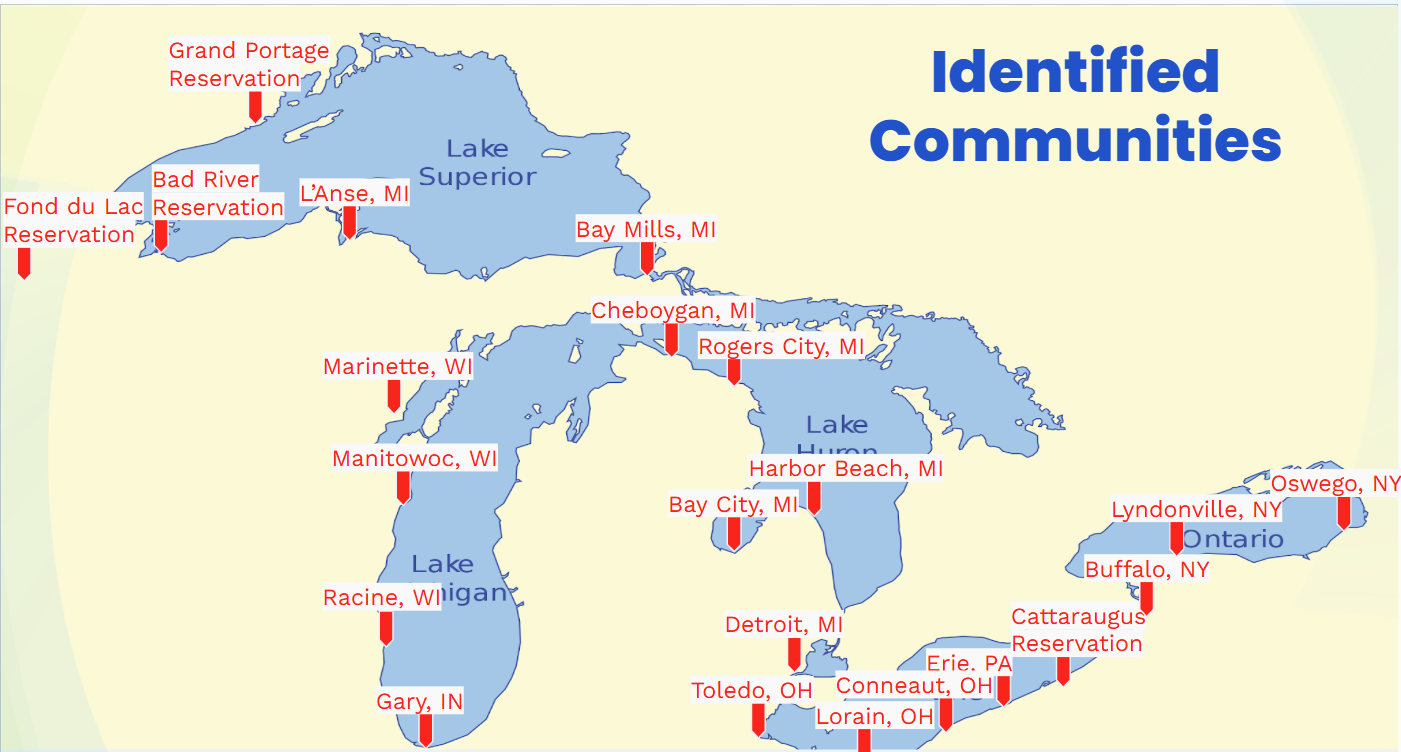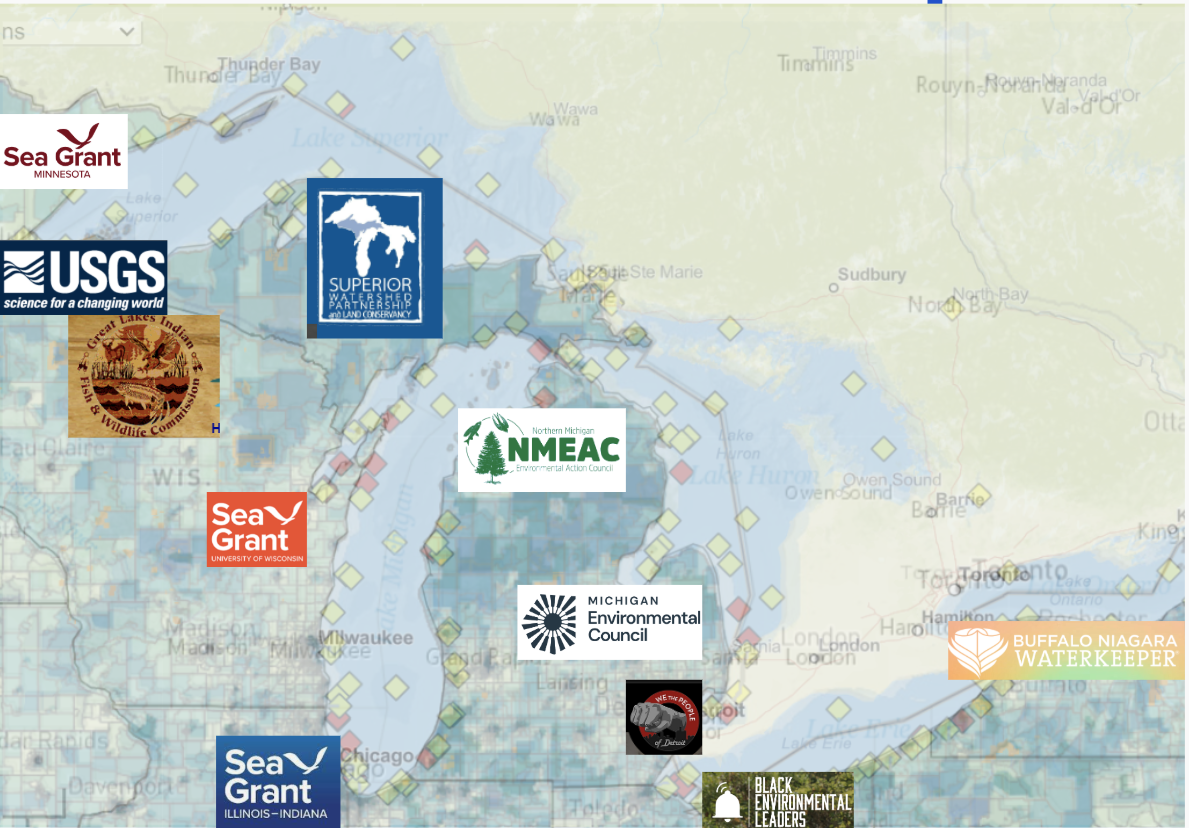New Buoy Site Locator



In this project for the Great Lakes Observing System, my team and I set out to identify underserved, climate-vulnerable communities and strategically deploy observation assets like buoys. We conducted in-depth stakeholder interviews, analyzed multiple indices, and built a minimum viable product designed to inform real-world management decisions. Our MVP was a map that overlaid the FEMA RAPT index, the Justice 40 index, the CDC Environmental Justice index, and data from the National Data Buoy Center. The areas of this map with the most overlap of indices and fewest local buoys were our target communities. We used this map to identify 22 possible new locations. I really enjoyed leading a project where every decision was driven by insights from community members, government officials, and researchers.
Working on this project taught our team that user research isn’t just a checkbox—it’s a continuous conversation that shapes the design process from start to finish. By listening to users, we were able to understand the real challenges they face, and that insight proved crucial for creating a product that genuinely addresses their needs. It wasn’t just about technical specs or aesthetic design; it was about ensuring that our solution had a tangible, positive impact.
At the same time, managing tight deadlines pushed our team to refine our project management and problem-solving skills. I learned that you can’t compromise on thorough research, even when time is limited. In fact, working under these constraints forced us to be more innovative and efficient. We had to prioritize key features and streamline our design process, which ultimately led to a more robust, user-centered product.